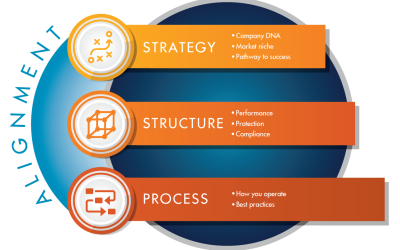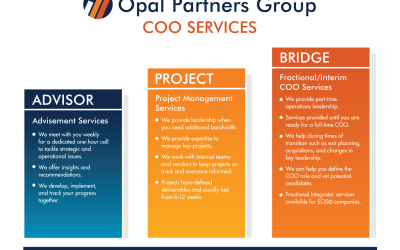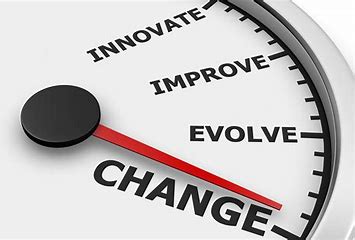“Begin with the end in mind.” Sometimes “The End” is a scary thing to think about. Not always – the end of a bad situation or rough period of time can be something we look forward to. But often the simple uncertainty of something coming to a close is enough to cause...
INSIGHTS
Thoughts on strategy and operations from a Fractional COO
Management and culture make a difference
If you don’t believe that management and culture make a difference in your company’s success, you are wrong. Let me give you an example from Toyota that I learned about from a recent podcast. When Toyota was making their first moves to manufacturing in the US, they...
Some part of your business isn’t working
Some part of your business isn’t working. The hard part is identifying where the problem lies. You may know that your products may need to be refreshed, or that you need to invest in new software to support critical functions. Sometimes the problem is more elusive. ...
Act now
The hill was more than I bargained for. It was a struggle and I should have realized earlier that is was time to act now. I had all kinds of excuses: the weather was bad. I didn’t have time. It could wait another day. I had other plans. No, I wasn’t hiking up a...
Facing change
Sometimes you initiate change, and sometimes it is forced on you. Regardless of how you got there, you must deal with it. Facing change isn't always easy or wanted. Key employees leave. New technology disrupts the market. Your exit strategy or timeline changes. ...
What season are you in?
“To everything there is a season…” The writer of Ecclesiastes first recorded this timeless truth which was later popularized in music by The Byrds in the Pete Seeger song Turn! Turn! Turn! The words remind us that the world is in constant change and that seasons come...
What’s holding you back?
An employee of one of my clients wanted to talk to me about a project he was assigned. He had made no progress on it for over 90 days. Something was holding him back. He opened the conversation by saying “I don’t think I can do this.” I began asking questions....
What’s your company’s DNA?
In our bodies, our DNA is the genetic code that makes us unique individuals. It contains all the instructions needed to build a complex, living, breathing organism. DNA is the master of each cell and is passed on through successive generations. Our DNA determines...
It’s time to change – Your Business 2.0
The Brady Bunch sang "when it's time to change, then it's time to change, from who you are into what you're gonna be." How is your business going to change AFTER the COVID-19 crisis and things begin to look a little more normal? You've been forced to learn, adapt, and...
What’s Next
Eventually, you are going to retire. You may sell or exit your business. That’s great! What’s next? If you don’t have an answer to that question, then read on for the second part of our series on The End. While this post will focus on selling your...
Ready to take your first step towards breaking through to a new level of performance?
Then let’s hop on a call and see if System & Soul is right for you.











